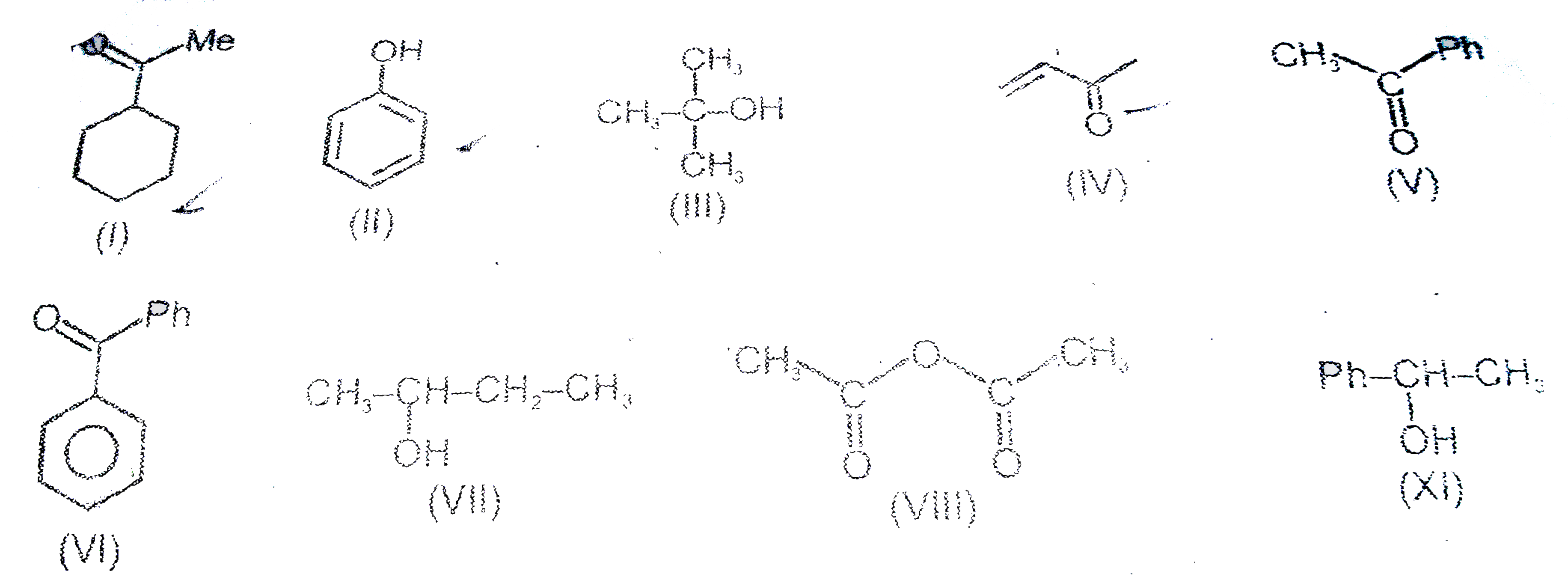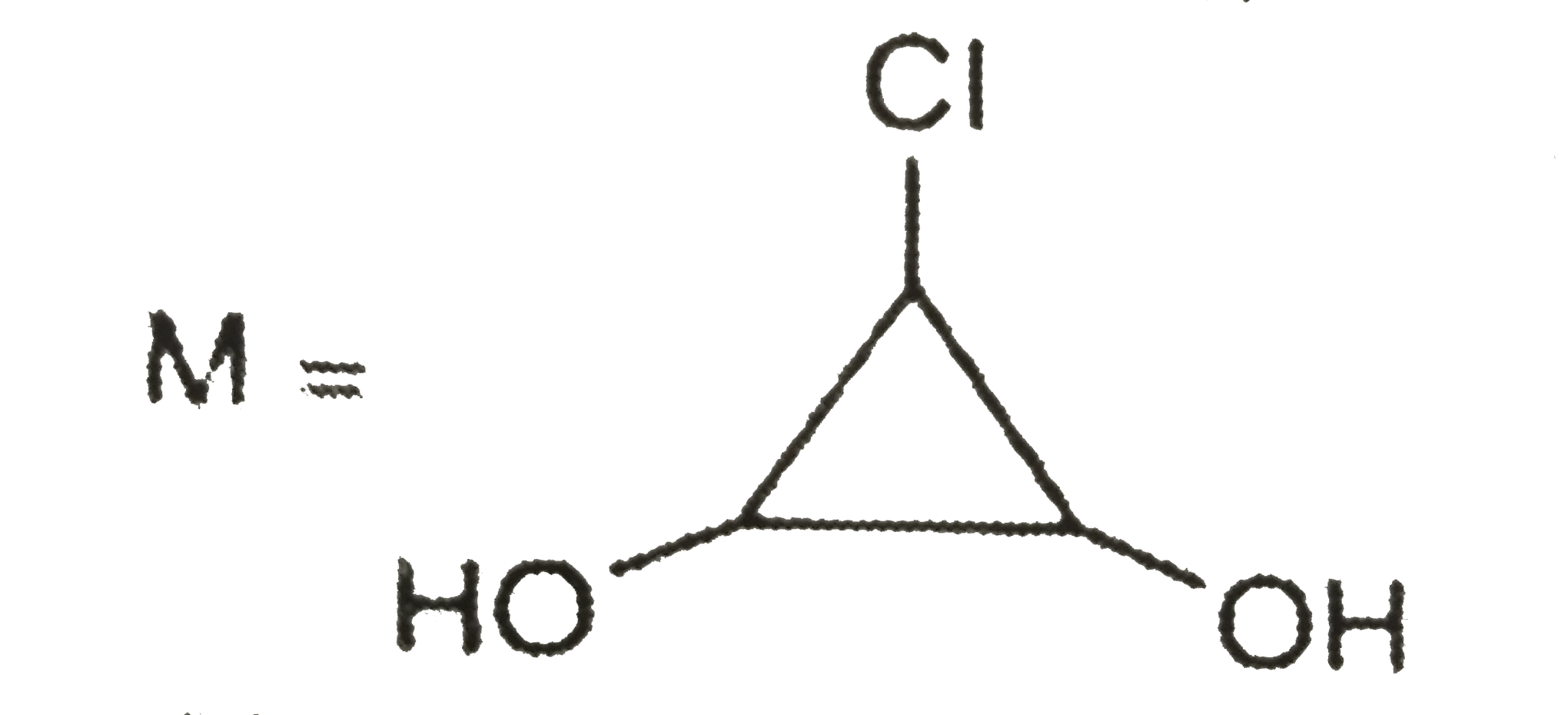Mg+B→MgxByHCl−−→Diborane
Report your answer as (x+y).
To solve the question, we need to determine the values of x and y in the reaction of magnesium (Mg) with boron (B) that ultimately leads to the formation of diborane (B2H6) when treated with hydrochloric acid (HCl).
1. Identify the Reaction:
The reaction can be represented as:
Mg+B→MgxBy
Here, x and y are the coefficients we need to find.
2. Determine the Valencies:
- Magnesium (Mg) has a valency of +2.
- Boron (B) has a valency of -3.
3. Formulate the Compound:
To balance the charges, we need to find a common multiple of the valencies. The least common multiple of 2 (from Mg) and 3 (from B) is 6. Thus, we can set up the ratio:
- For every 3 Mg (3 × +2 = +6), we need 2 B (2 × -3 = -6).
- This gives us the formula:
Mg3B2
Therefore, x=3 and y=2.
4. Write the Complete Reaction:
The complete reaction when Mg3B2 reacts with HCl can be written as:
Mg3B2+6HCl→B2H6+3MgCl2
5. Calculate x+y:
Now, we need to find x+y:
x+y=3+2=5
Final Answer:
The final answer is 5.
The reaction can be represented as:
Mg+B→MgxBy
Here, x and y are the coefficients we need to find.
- Magnesium (Mg) has a valency of +2.
- Boron (B) has a valency of -3.
To balance the charges, we need to find a common multiple of the valencies. The least common multiple of 2 (from Mg) and 3 (from B) is 6. Thus, we can set up the ratio:
- For every 3 Mg (3 × +2 = +6), we need 2 B (2 × -3 = -6).
- This gives us the formula:
Mg3B2
Therefore, x=3 and y=2.
The complete reaction when Mg3B2 reacts with HCl can be written as:
Mg3B2+6HCl→B2H6+3MgCl2
Now, we need to find x+y:
x+y=3+2=5
The final answer is 5.
Topper's Solved these Questions
- P-BLOCK ELEMENT (BORON AND CARBON FAMILY)BOOK - RESONANCE ENGLISHCHAPTER - P-BLOCK ELEMENT (BORON AND CARBON FAMILY)EXERCISE - Exercise-2 Part-III : ONE OR MORE THAN ONE OPTIONS CORRECT TYPE
26 Videos
- P-BLOCK ELEMENT (BORON AND CARBON FAMILY)BOOK - RESONANCE ENGLISHCHAPTER - P-BLOCK ELEMENT (BORON AND CARBON FAMILY)EXERCISE - Exercise-2 Part-IV : COMPREHENSIONS
11 Videos
- P-BLOCK ELEMENT (BORON AND CARBON FAMILY)BOOK - RESONANCE ENGLISHCHAPTER - P-BLOCK ELEMENT (BORON AND CARBON FAMILY)EXERCISE - Exercise-2 Part-I : ONLY ONE OPTION CORRECT TYPE
26 Videos
- P BLOCK ELEMENTSBOOK - RESONANCE ENGLISHCHAPTER - P BLOCK ELEMENTSEXERCISE - PART -II
23 Videos
- P-BLOCK ELEMENTS (HALOGEN & NOBLE GASES)BOOK - RESONANCE ENGLISHCHAPTER - P-BLOCK ELEMENTS (HALOGEN & NOBLE GASES)EXERCISE - APSP PART-3
22 Videos
Similar Questions

Report your answer as XY
View SolutionFeC2O4Δ−−→ products
Number of diamagnetic products=x
Number of unpaired electrons in paramagnetic products=y
report your answer as (x+y)
View SolutionObserve the following compounds

Number of coumpound which can gives positive Haloform test =(x)
Number of compound which can gives positive Lucas reagent test =(y)
Report your answer (x+y)
View SolutionA solid is formed by A3+ cations &B2− anions in which B2− - form F.C.C structure and A3+ ions occupy m fraction of octahedral voids.Find the value of m as xy,where x&y are lowest integers.Fill your answer as 10(x+y)
View SolutionObserve the compound 'M'

If in this compound
X=Total number of asymmetric C⋆ atoms
Y= Number of similar asymmetric C⋆ atoms
Z= Number of optically active stereoisomers
W= Number of optically inactive isomers
R= Number of geometrical orientations in space
Report your answer as : X +Y +Z+ W+ R
View SolutionX' is a smallest optically active alkanol. On dehydration it can form Y number of alkenes (including stereoisomers). On reaction with Lucas reagent it forms Z number of alkyl halides (including stereoisomers). Report your answer as ZY.
View SolutionNumber of tertiary bromide of formula C5H11Br are (X)
number of tertiary bromide of formula C6H13Br are (Y)
Report your answer as X+Y
View SolutionWhen trans-2-butene reacts with Br2/CCl4, X number of products are formed. Whereas when trans-2-butene reacts with HBr Y number of products are formed . Report your answer as Y X .
View SolutionMg3B2aq.HCl−−−−→x↓H2Oy+H2+MgCl2
for (X) and (Y) the incorrect choice is?
View SolutionA mineral having the formula AB2, crystallises in the cubic close -packed lattice, with the A atom occupying the lattice points. The co-ordination number of the A atoms is x, that of B atoms is y. Report your answer (x−y)
View Solution
